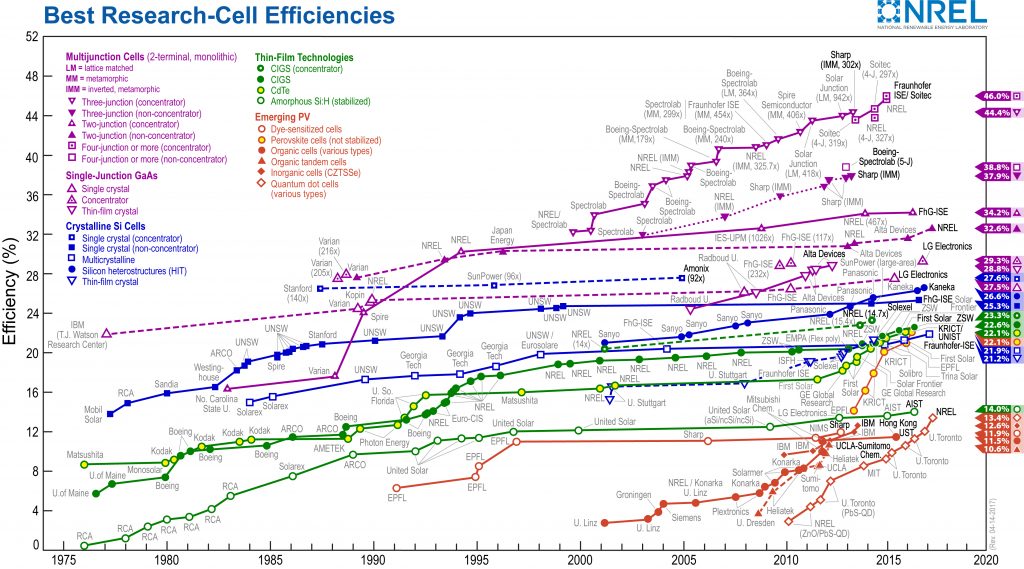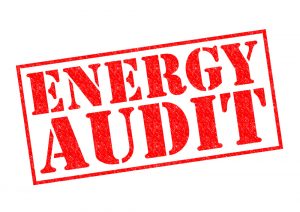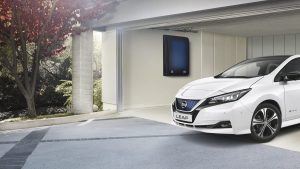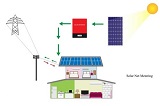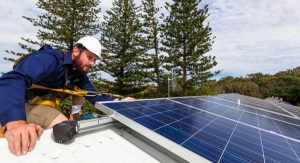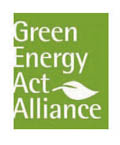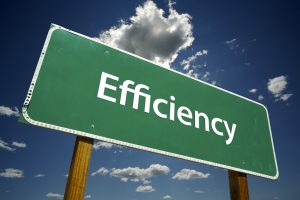
How Efficient ARE Solar Panels?
It seems like every month there is a story in the news about researchers setting new records for solar cell efficiency. They are constantly trying new ways to concentrate the sunlight hitting the cell or keep it cooler so it can perform better. Recently, a Japanese company reported that their solar cell was performing at over 26% efficiency, and another claims to have hit 50% under specific laboratory conditions. But what does that percentage mean?
The calculation that results in the percentage of efficiency is pretty complicated, but it involves measuring the amount and spectrum of sunlight hitting the cell as well as the cell temperature. The output voltage of the cell (under both “open circuit” and “short circuit” conditions) as compared to the energy coming in as photons of sunlight determines the percentage.
At what is called Standard Testing Conditions (STC) the power coming in is 1,000 watts per square meter (m2) and power out is the rated “maximum power point.” So, for example, a panel measuring 1 m2 rated at 150 watts maximum power point would be performing at 15% efficiency. That’s because 150 watts/m2 ÷ 1,000 watts/m2 = 15%. The typical crystalline cell efficiency range runs from 12% to 15% and amorphous silicon modules run between 6% and 7%. Since most of the solar panels on the market currently perform at under 20% efficiency, there is obviously a lot of room for improvement in the field. The most efficient panels available are rated at 22-23% efficiency.
How Much Efficiency Do You Need?
High-efficiency panels are going to the homeowner you more money per watt, but there are several factors that may make these more expensive panels attractive. The total installed cost may not go up that much when the entire system is taken into account.
Roof Space: If you have limited roof space, high-efficiency panels may be the only way for you to produce the amount of power you want.
Balance of System (BoS) costs: Fewer panels means a smaller rack, fewer microinverters, less wiring and less labor to install.
As an example, LG makes several panels of the same size but with different rated outputs ranging from 280 watts to 320 watts. If there is only room for ten panels on a roof, using high-efficiency panels would be the equivalent of adding 1 ¼ more panels to the array, while the BoS costs remain equal.
In most cases where space is not an issue, the lower per watt sub-20% efficiency panels usually make more economic sense. But when you need to save space, high-efficiency panels are a great option.


